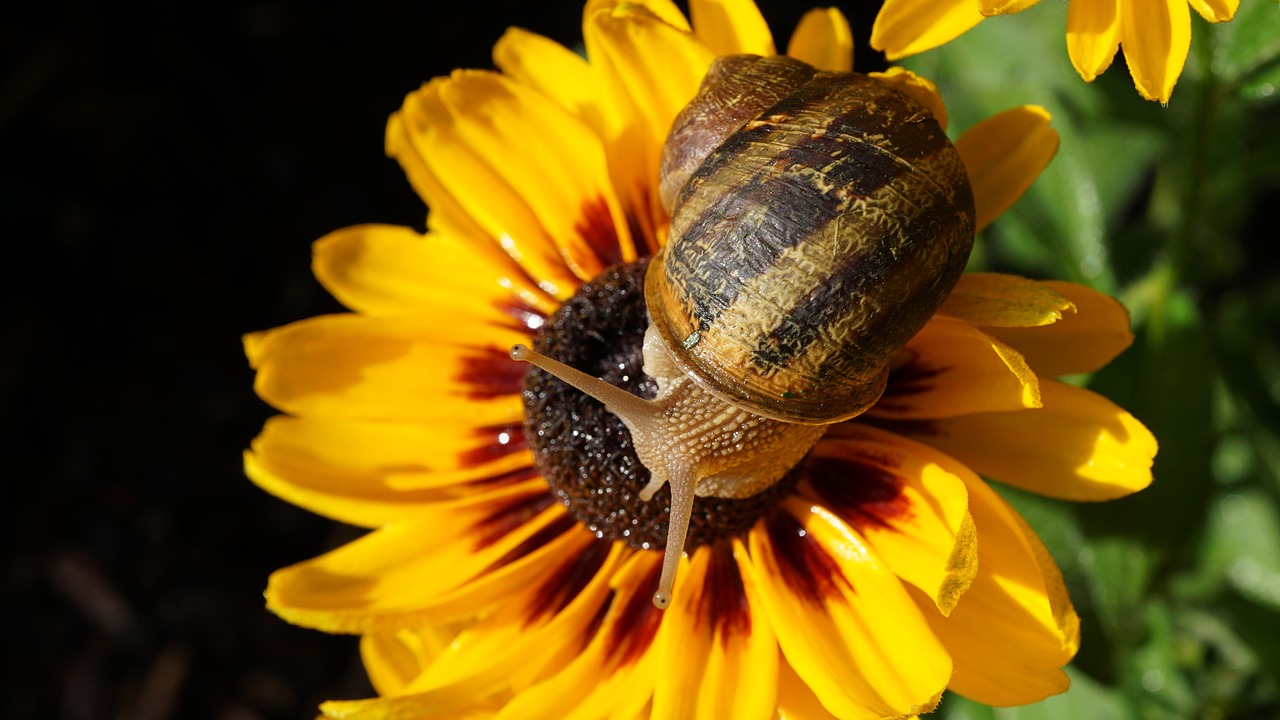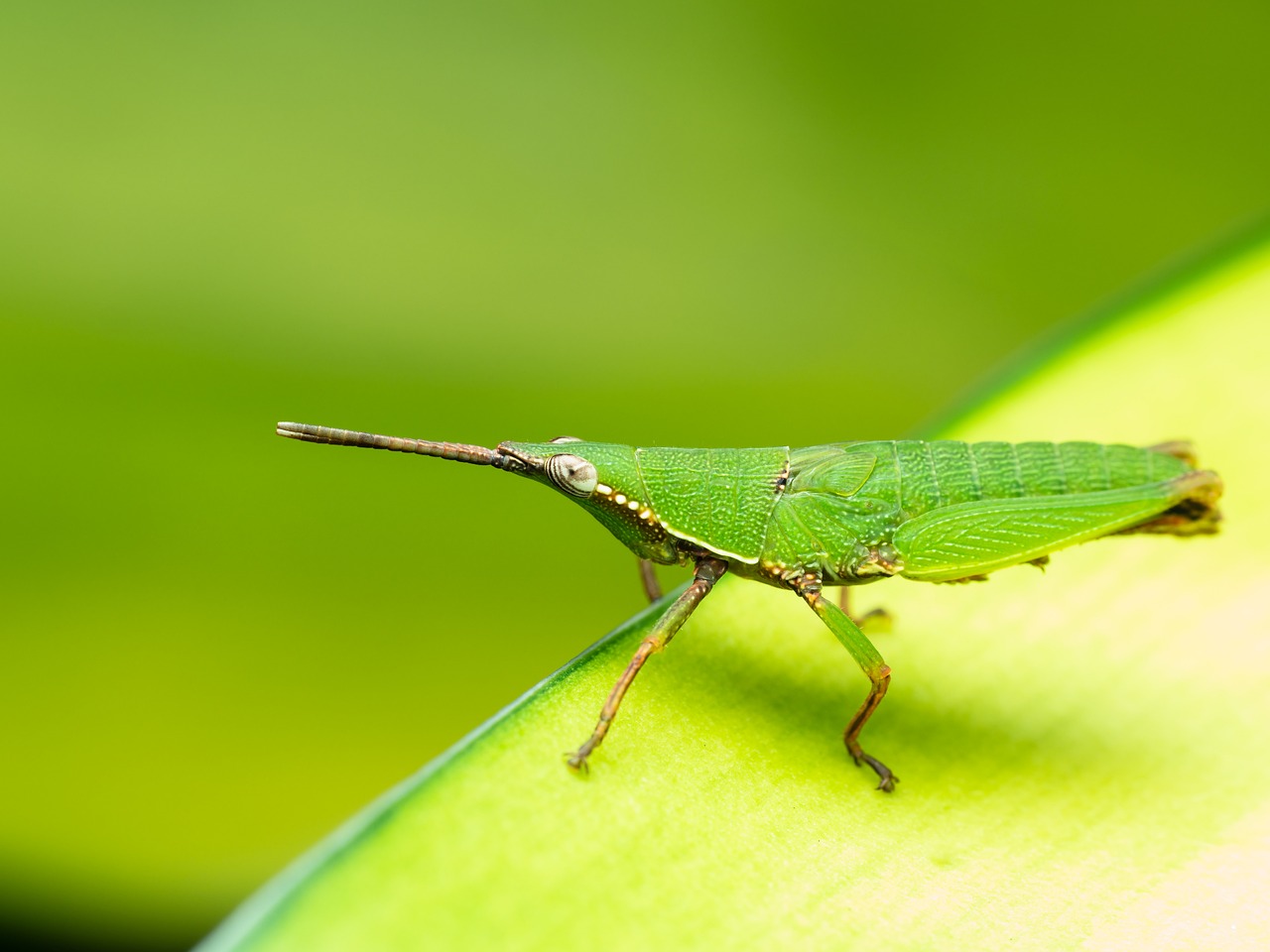The Importance of Biodiversity and How to Protect It
Biodiversity is the foundation of life on Earth, encompassing the variety of living organisms and ecosystems that sustain our planet. It is essential for the health and resilience of ecosystems, providing a wide range of ecosystem services that support human well-being. Understanding the importance of biodiversity is crucial in realizing the interconnectedness of all living beings and the environment.
Protecting biodiversity is not only a moral imperative but also a necessity for the survival of future generations. By preserving diverse habitats and species, we can ensure the stability of ecosystems and safeguard the natural resources that sustain life. From the smallest insect to the largest mammal, every species has a role to play in the intricate web of life.
Conserving biodiversity requires a multi-faceted approach that involves individuals, communities, governments, and businesses working together towards a common goal. By implementing sustainable practices, supporting conservation efforts, and advocating for policies that prioritize biodiversity protection, we can make a significant impact on preserving the richness of life on Earth.
When we protect biodiversity, we are not only safeguarding the natural world but also securing our own future. The benefits of biodiversity are far-reaching, from providing essential ecosystem services like clean air and water to supporting agriculture, medicine, and tourism industries. By valuing and protecting biodiversity, we are investing in a sustainable and resilient future for all living beings.
Joining hands in the global effort to protect biodiversity is crucial for ensuring a harmonious coexistence between humans and nature. By taking individual actions, supporting conservation initiatives, and raising awareness about the importance of biodiversity, we can make a positive difference in preserving the incredible diversity of life on our planet.

Definition of Biodiversity
Understanding the significance of biodiversity in maintaining ecosystems and the various ways individuals and communities can contribute to its preservation and conservation efforts.
Biodiversity refers to the variety of life forms present in different ecosystems, encompassing the diversity of genes, species, and ecosystems. Genetic diversity pertains to the variety of genes within a species, species diversity relates to the variety of different organisms in an ecosystem, and ecosystem diversity involves the variety of habitats, communities, and ecological processes present in a region.

Benefits of Biodiversity
Biodiversity is like a treasure trove of nature, offering a plethora of benefits that are essential for the well-being of our planet. One of the key advantages of biodiversity is its role in providing ecosystem services that are vital for human survival. Imagine biodiversity as a complex web where each species has a unique role to play, contributing to functions like pollination, nutrient cycling, and pest control. This intricate balance ensures that ecosystems remain healthy and resilient against environmental changes.
Furthermore, biodiversity plays a crucial role in supporting agriculture and food security. A diverse range of plant and animal species not only enriches our diets but also provides genetic resources that can be utilized to develop new crop varieties resistant to pests and diseases. This genetic diversity is like a library of solutions that can help us adapt to changing environmental conditions and ensure sustainable food production for future generations.
Moreover, biodiversity contributes to the development of medicines and pharmaceuticals. Many of the drugs we use today have their origins in natural compounds derived from plants, animals, and microorganisms found in diverse ecosystems. By preserving biodiversity, we are not only safeguarding potential cures for various diseases but also unlocking the secrets of nature's pharmacy.
Another significant benefit of biodiversity is its role in climate regulation. Forests, wetlands, and oceans act as carbon sinks, absorbing and storing carbon dioxide from the atmosphere. By preserving these ecosystems, we can mitigate the impacts of climate change and maintain a stable climate for future generations. Biodiversity is our ally in the fight against global warming, offering natural solutions to combat the environmental challenges we face.

Threats to Biodiversity
The world's biodiversity faces numerous threats that endanger the delicate balance of ecosystems. One of the primary threats is habitat destruction, where natural habitats are being converted for agriculture, urban development, and infrastructure projects. This results in the loss of crucial habitats for countless species, pushing them towards extinction.
Climate change poses another significant threat to biodiversity, with rising temperatures and changing weather patterns disrupting ecosystems and altering the distribution of species. The impact of climate change on biodiversity is profound, leading to habitat loss, shifts in species' ranges, and increased vulnerability to extreme events.
Pollution, whether from industrial activities, agricultural runoff, or plastic waste, also poses a severe threat to biodiversity. Contaminants in the air, water, and soil can harm wildlife, disrupt ecosystems, and contribute to the decline of species populations. Addressing pollution is essential in safeguarding the health and diversity of ecosystems.
Invasive species present a unique challenge to biodiversity by outcompeting native species, preying on local wildlife, and altering ecosystem dynamics. These non-native species often lack natural predators or controls, allowing them to spread rapidly and disrupt the balance of native ecosystems. Managing and controlling invasive species is crucial to protecting biodiversity.
Human activities, such as overexploitation of natural resources, deforestation, and overfishing, also contribute significantly to the loss of biodiversity. Unsustainable practices can deplete populations of species, degrade habitats, and disrupt food chains, leading to cascading effects on entire ecosystems. Adopting sustainable practices and responsible resource management is vital in mitigating these threats.

